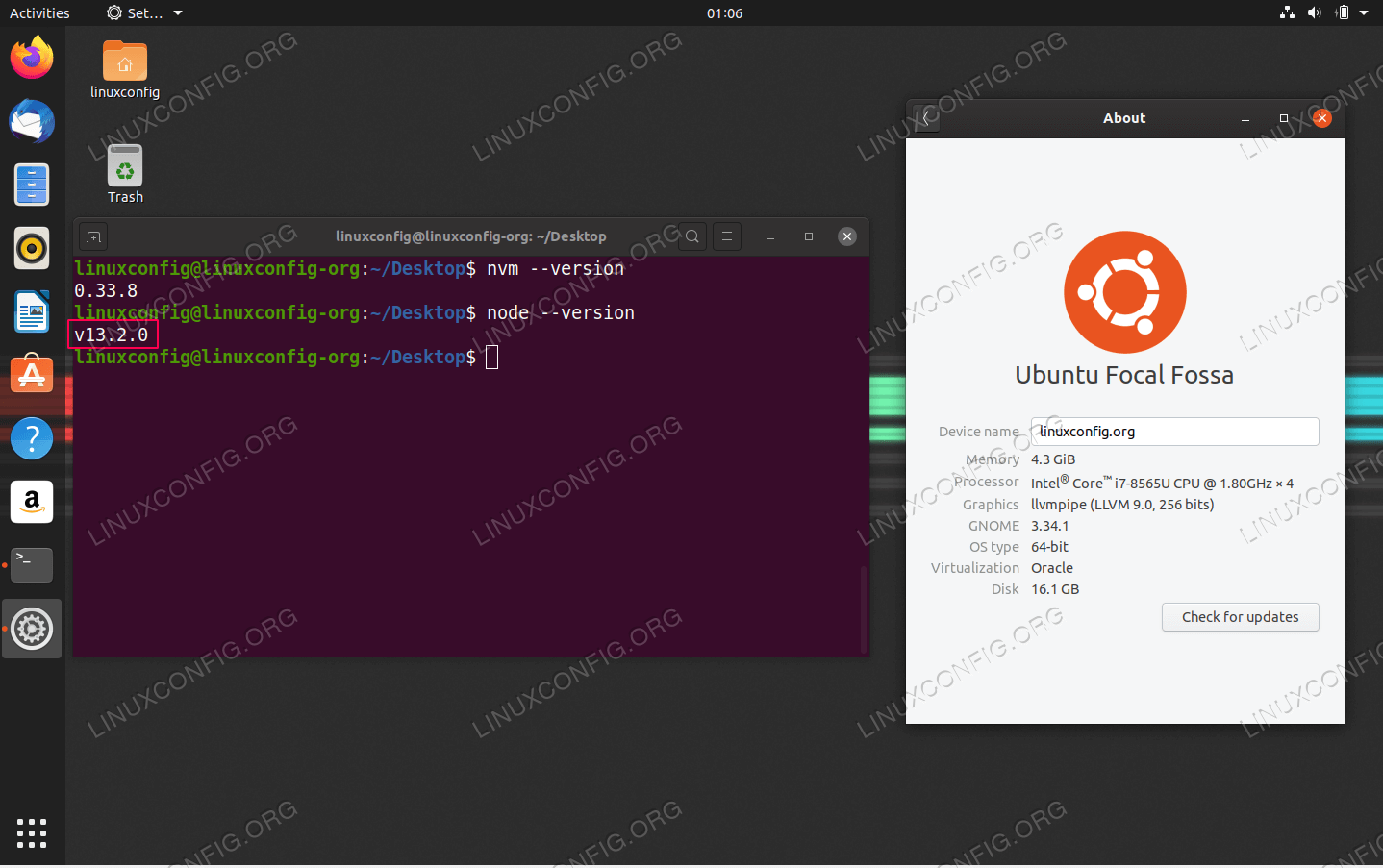

Install the latest version nvm install node Let's install the LTS and latest stable version of Nodejs, you can also choose one of those if you prefer, but believe me, it's super simple to switch between different node versions using nvm. (If you get an error command not found, restart your shell and try again.) Verify your installation using command -v nvm

( Note: instead of v0.38.0 Use the latest version of nvm from GitHub) If you don't already have it, install curl sudo apt-get install curl This also means you can easily switch node and npm versions with a single command and that comes in handy. Nvm certainly has its advantages as it allows you to easily install and manage multiple node versions on your system. In this tutorial, we will use node version manager or nvm to install and manage node versions. ( NOTE: Although this tutorial demonstrates WSL 2/Ubuntu, this installation is primarily for Linux)


 0 kommentar(er)
0 kommentar(er)
